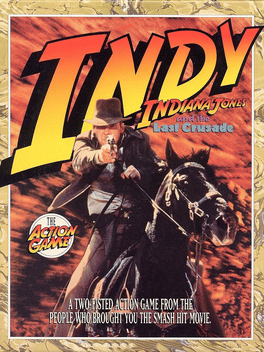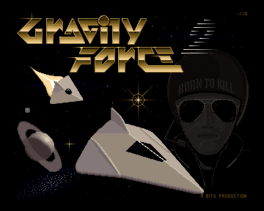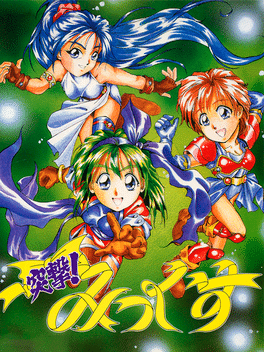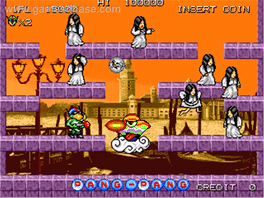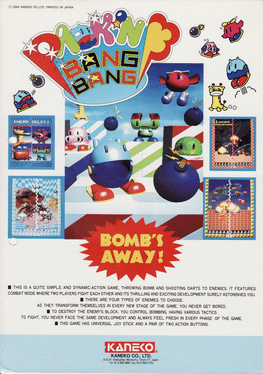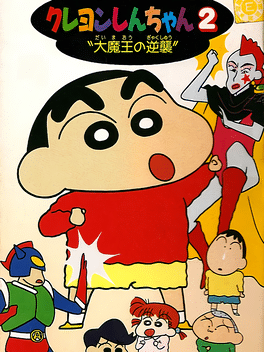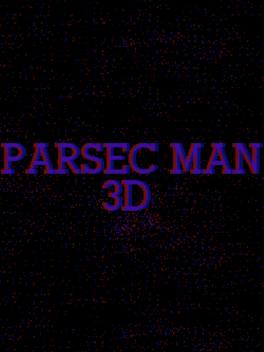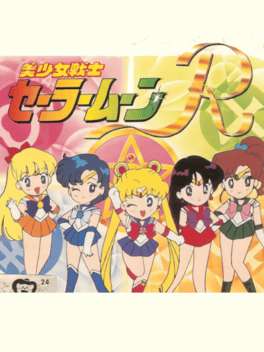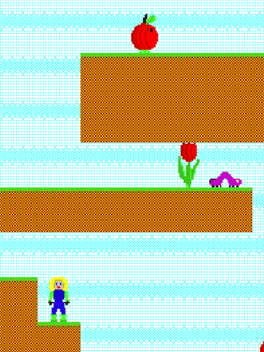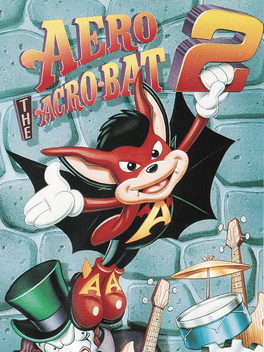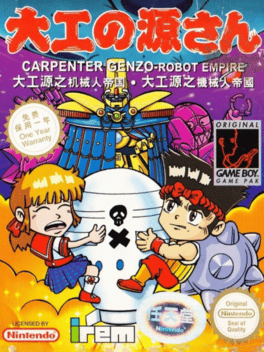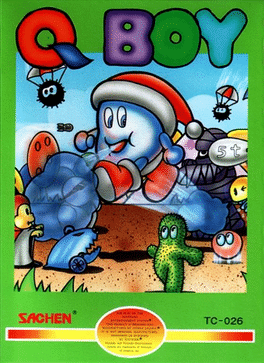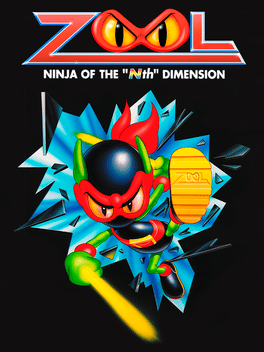New Platform Games - Page 213
-
Indiana Jones and the Last Crusade: The Action Game
1994
The Game Boy port of The Last Crusade. A two-fisted action game from the people who brought you the smash hit movie. The chase is on...all the way to the greatest treasure in history, the Holy Grail. And if you can survive the treacherous caves of Colorado...the medieval catacombs of Venice...the deadly ramparts of Schloss Brunwald...and the cunning traps of the Grail Temple...then you've earned your whip and your hat! Whip those bad guys...as only Indy can! Relive the greatest action scenes from the greatest Indy movie of them all. It's red hot, slam-bam action, Indiana Jones and LucasFilm style! -
Disney's Beauty and the Beast
1994
Disney's Beauty and the Beast is a typical side-scrolling platform game based on the Disney movie of the same name. The player takes on the role of Beast. As Beast the player can walk around, jump and hit enemies with his fists. Beast can also climb against walls. The levels feature various power-ups that can be collected (such as hearts which earn the player extra life and a magnifying glass which shows the player an upcoming piece of the level) which can be and on the way the player must watch out for pit traps and various enemies. -
Gravity Force 2
1994
Gravity Force 2
1994
GF2, as it is known to its friends, is one of the most advanced cave-flyers available. Borrowing its name and looks from the original Gravity Force by Kingsoft, which was an advanced Thrust clone, it diverts from its namesake by being a two-player-only game. GF2 stands out not only because of its clean graphics and sense of humour, but also because of its enormous range of preferences in order to customise the physics variables and capabilities of the players ship so as to make the game perfectly suited to each player. Furthermore, it has a stunning amount of levels on varying themes, more of which could be created with the level editor (available to registered users). The different levels of GF2 are split up into themes such as Grass Worlds, Lego Worlds, Slime Worlds and Boring Worlds. Each player starts out on his home base with a fully loaded ship. The objective is simply to destroy the player by any means possible, be they to simply shoot him down, bomb him or to ram him into a wall, thereby depleting his -
Mario's Time Machine
1994
Mario's Time Machine
1994
The NES port of Mario's Time Machine is very different from the original 16-bit version, having more emphasis on platforming. -
Totsugeki! Mix
1994
Totsugeki! Mix
1994
Totsugeki! Mix is a cute action platform game. Choosing one of the three girls, each with their own unique weapon, the player must travel through ten different stages fighting Galuf's unreasonably cute army. There are several different special magic powers that can be collected, including a fairy familiar, magic shield, and time slow, and a boss waits at the end of each stage. -
Pang Pang
1994
-
Packin Bang Bang
1994
-
The Ren & Stimpy Show: Fire Dogs
1994
Stimpy invents the Gametron 5000 Moneymaker which is the first video game machine in the world that rewards the player with money. Ren, who is always on the lookout to get rich, eagerly gets to playing with the video game system on the quest to earn big bucks. In the game, you control Ren & Stimpy through various side scrolling levels which are based on different episodes of the cartoon show. Episodes the levels are based on are Space Madness,Out West, and Robin Hoek. In Space Madness, Space Cadet Stimpy must get a dazed Ren to the sick bay to feed him some chicken soup to cure him of his space madness. You will guide Ren through the Space Diner, the Laboratory, the Button Room and the Zero Gravity Bathroom to get to the sick bay. There are also parts of this level in which you will control the spacecraft that involves side scrolling shoot em up gameplay. Out West pits Three-Fingered Hoek and Stimpy the Kid, in the role of horse thieves. You must guide the buckeroos through the outskirts of town, past the corral -
Crayon Shin-chan 2: Daimaou no Gyakushuu
1994
Action platformer released by Bandai for the Super Famicom in 1994 based on the scatological anime Crayon Shin-chan. -
Animaniacs
1994
Animaniacs
1994
Animaniacs is a platforming game that was released on May 14th, 1994, made for the Sega Genesis (Mega Drive in other countries), developed and published by Konami. It is a game based on the TV series of the same name, and is the first Animaniacs video game. In this game, the Warner trio (Yakko, Wakko and Dot) go the search of several movie props for a hip-pop culture shop. -
Parsec Man 3D
1994
Parsec Man 3D
1994
Parsec Man 3D is a minimalist action platformer shooter game published in 1994 on DOS. -
Super Trio
1994
-
The Pirates of Dark Water
1994
Ren and his motley crew land a side-scroller action-adventure for the 16-bit SEGA console. -
Daisy's Garden
1994
Daisy's Garden
1994
Daisy's Garden is a platformer from the DOS era. You play as Daisy and need to pick all fruits and flowers in your garden. But watch out for the enemies on your way. -
Aero the Acro-Bat 2
1994
Aero the Acro-Bat 2
1994
star 8.2In the sequel to Aero the Acro-Bat you have to defeat evil industrialist Edgar Ektor once again. He is back and again with bad ideas, so you - in the role of Aero - have to find and destroy him before he carries out his diabolical "Plan B". Like in the last installment, you have to jump, escape lethal obstacles and progress in time. This game features more moves for Aero, more mechanisms to use and more items to collect. -
Carpenter Genzo: Robot Empire
1994
The second Hammerin' Harry platformer for Game Boy sees Harry blast off into space and fight robots. -
Q-Boy
1994
Q-Boy
1994
Q-Boy is an unlicensed platform video game developed and published by Thin Chen Enterprise/Sachen, released for the Family Computer in March 5 1994. Not to be confused with the Famiclone game console of the same title. -
Zool
1994
-
Super Alfred Chicken
1994
Super Alfred Chicken
1994
Alfred the chicken must rescue his friends and his bird (pardon the pun) Floella from the Meka Chickens. The result is a platform game across differently-themed levels, which are finished by either climbing to the top of the level or killing a boss. Bonus games and secret rooms have been included, and progression sometimes requires solving positional puzzles.
